http://luxortimes.com/2019/01/greco-roman-industrial-complex-and-cemetery-discovered-in-alexandria/
Greco-Roman Industrial Complex and Cemetery Discovered in Alexandria
An archaeological mission working in Tabet Motawah in Ameriya district of Alexandria has discovered a group of artifacts that date back to the Greek and Roman periods.
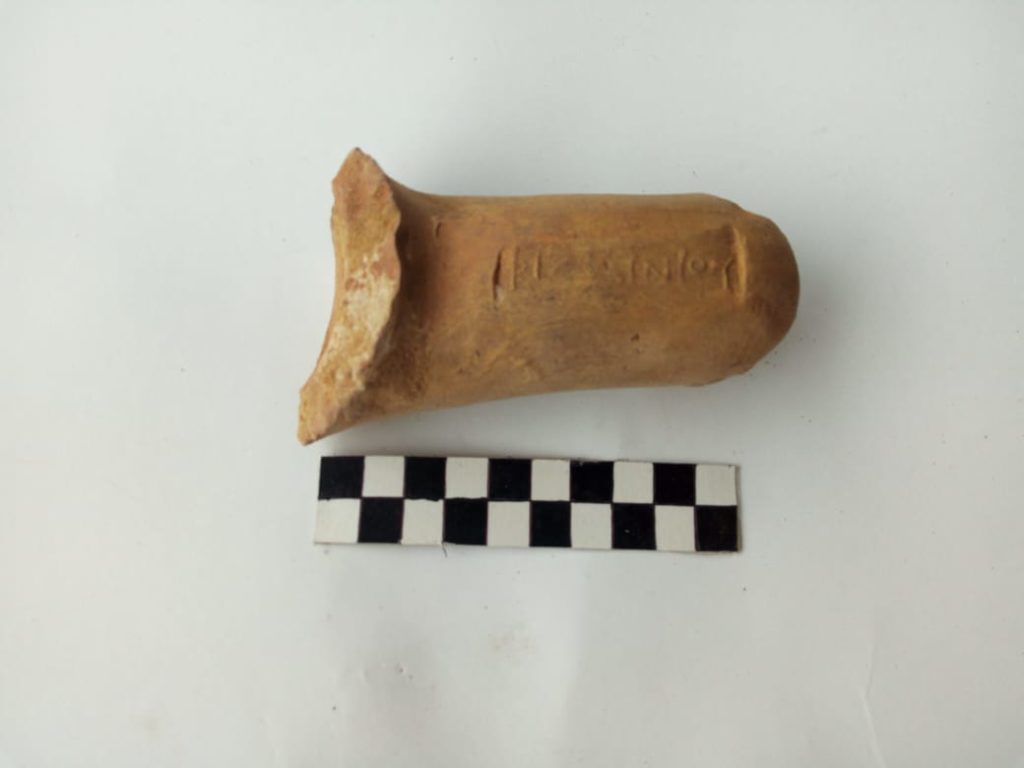
The discovered site is unique as it represents an industrial and trade complex, which was also being used as a cemetery, said Secretary General of the Supreme Council of Antiquities Dr Moustafa Waziri. A set of interconnected walls that vary in their design and construction has also been discovered, Waziri added. Some of the walls had been built using irregular stones, while others had been established with carefully-cut stones, he explained.
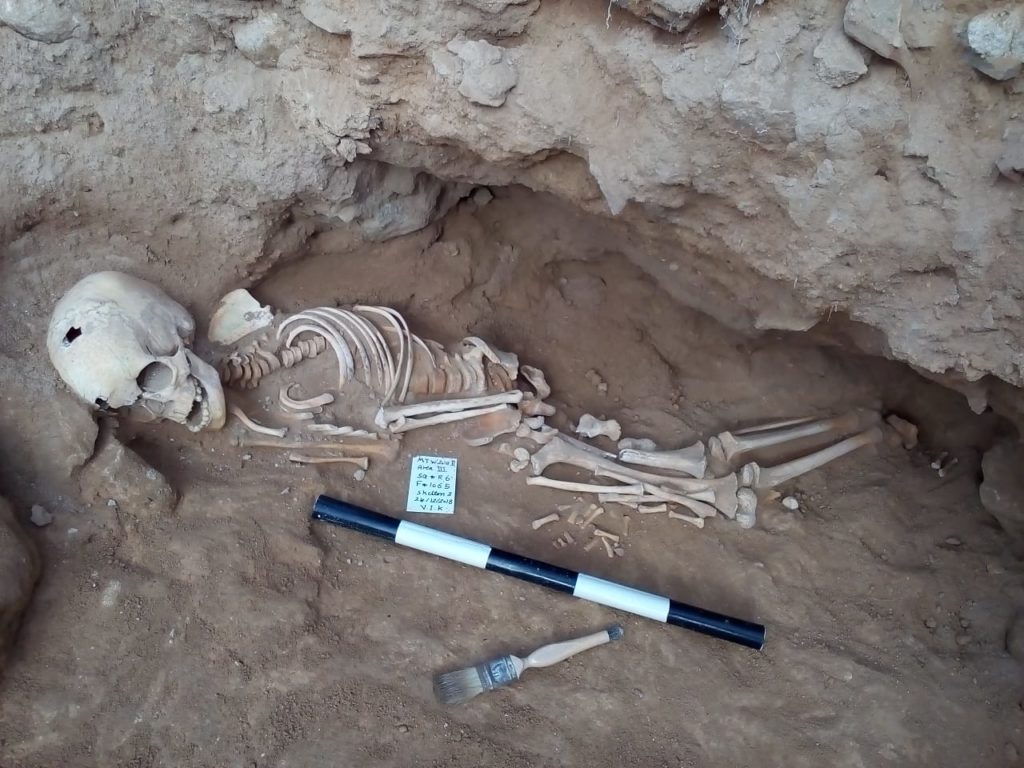
Dr Ayman Ashmawi, the head of the Egyptian Antiquities Sector, said a big number of ovens used as separate units inside the walls were also discovered. He made it clear that the ovens had been re-built and renovated more than once due to the appearance of signs of burning in different parts of the drilling layers. Most of the ovens were used to cook food, Ashmawi said, noting that bones of birds and fish were found inside them. The existence of so many ovens is a sign that this place had been used as a service unit of the cemetery or a camp, he suggested. The discovered cemetery and fountain during the first phase of digging further emphasize this idea, Ashmawi said, adding that the place had later expanded its industrial and trade activities.
Dr Nadia Khedr, head of the Central Department of Lower Egypt's Antiquities, said among the items discovered were utensils in different shapes and styles and bearing signs of burning, as well as large quantities of pottery. This, according to Khedr, reveals that the area of the ovens dates back to the period between the first century BC and the second century AD. She added that a lamp was also discovered with the effects of ignition clear on its nozzle. Unique lamp holders with crescent decorations and a stereoscopic shape of God Serapis were also found, Khedr said. She added that the mission also discovered a glass bottle that had probably been used to preserve perfumes and a set of different bronze coins that are currently being examined.
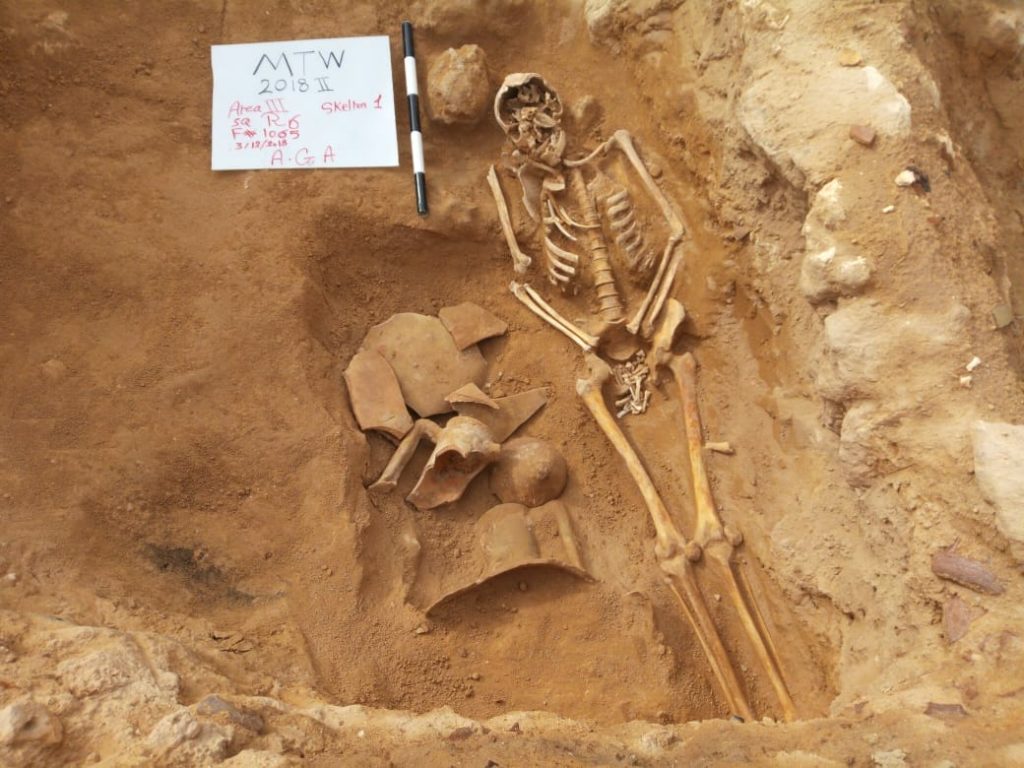
Dr Khaled Abul Hamad, the director general of Alexandria Antiquities Sector and head of the mission, said the burials of two poor ladies, one in her middle age and wearing a copper ring, were also discovered near one of the walls and close to an oven. Abul Hamad suggests that, once abandoned, the place had been re-used by a poor segment to bury the dead.
-- Sent from my Linux system.
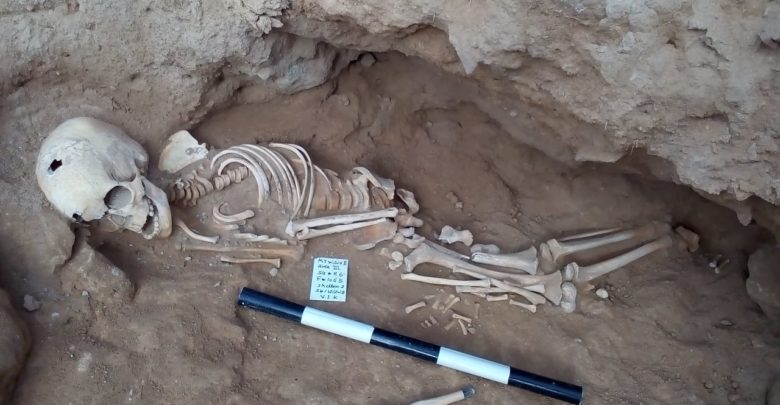
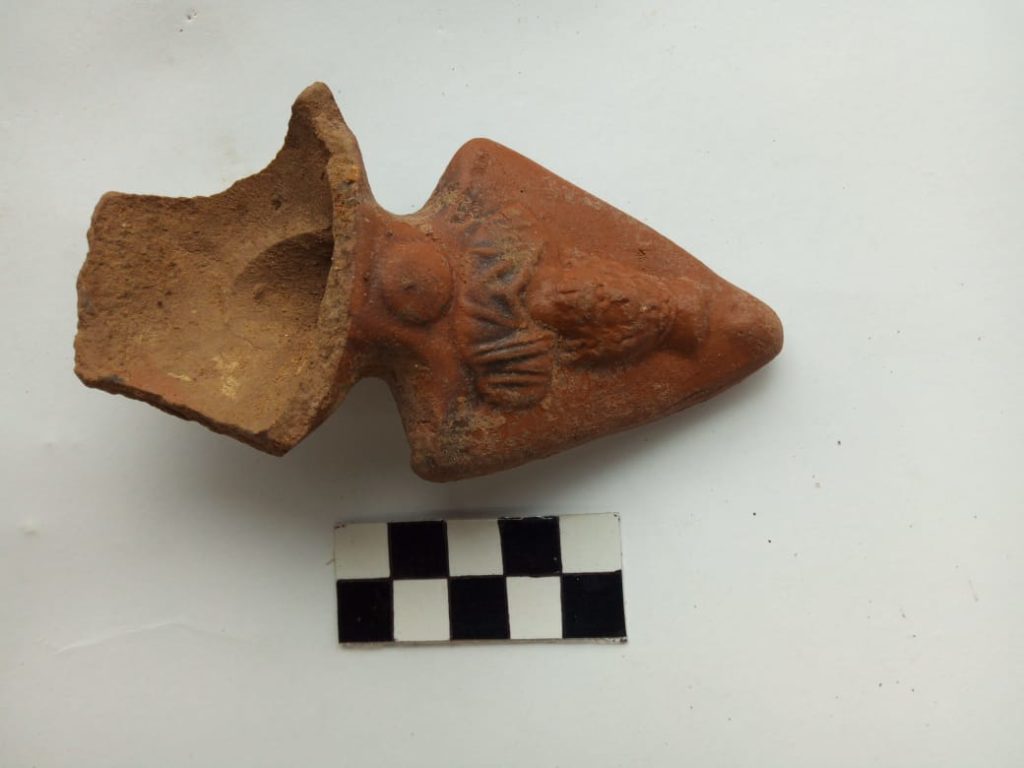
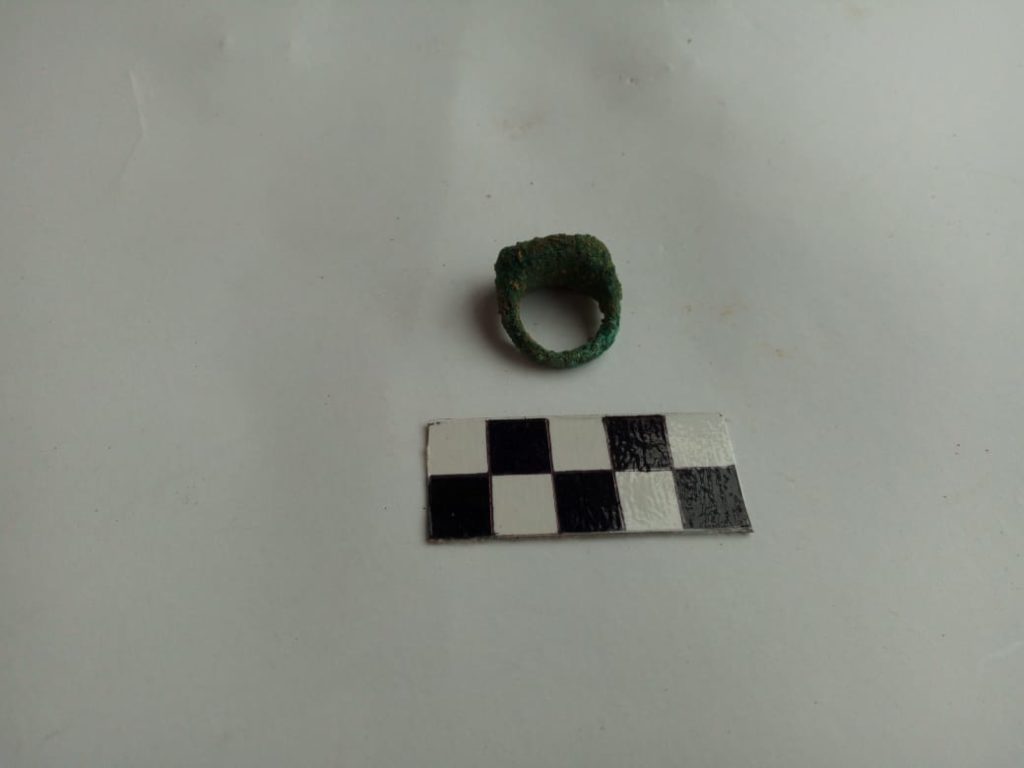
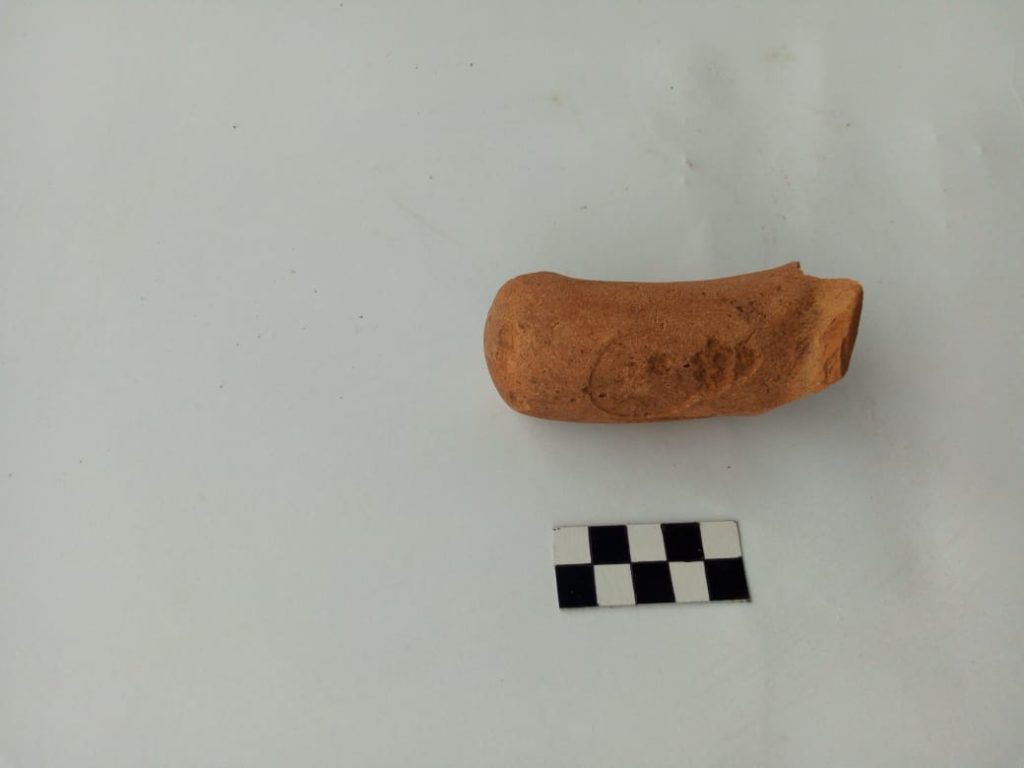
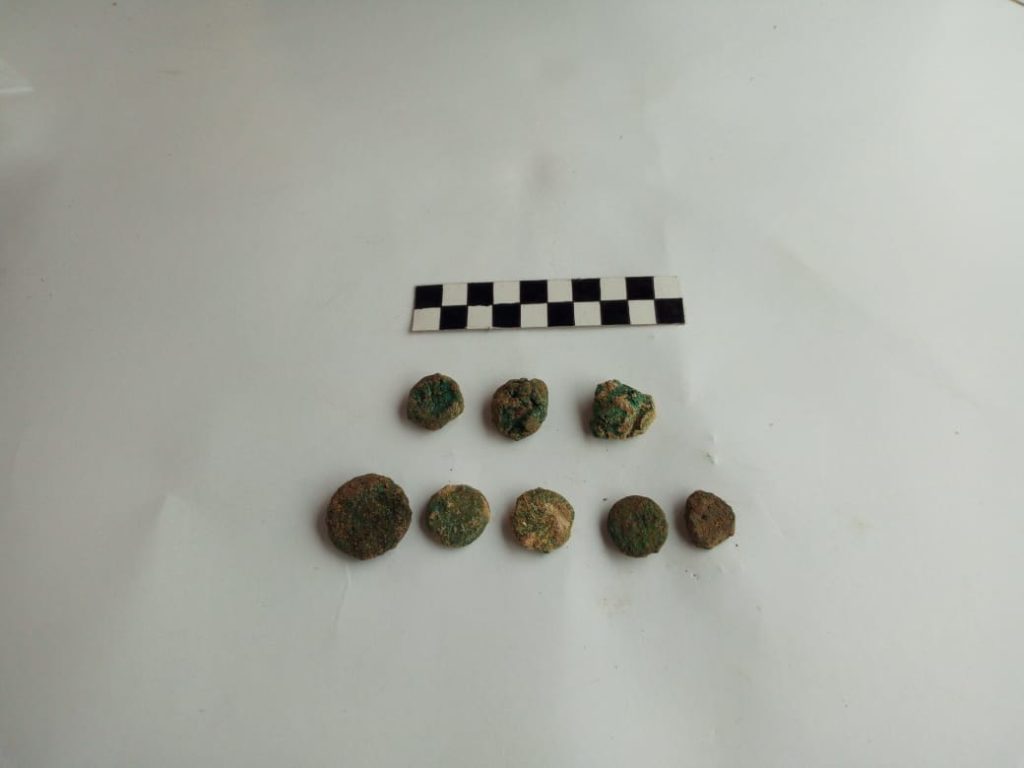
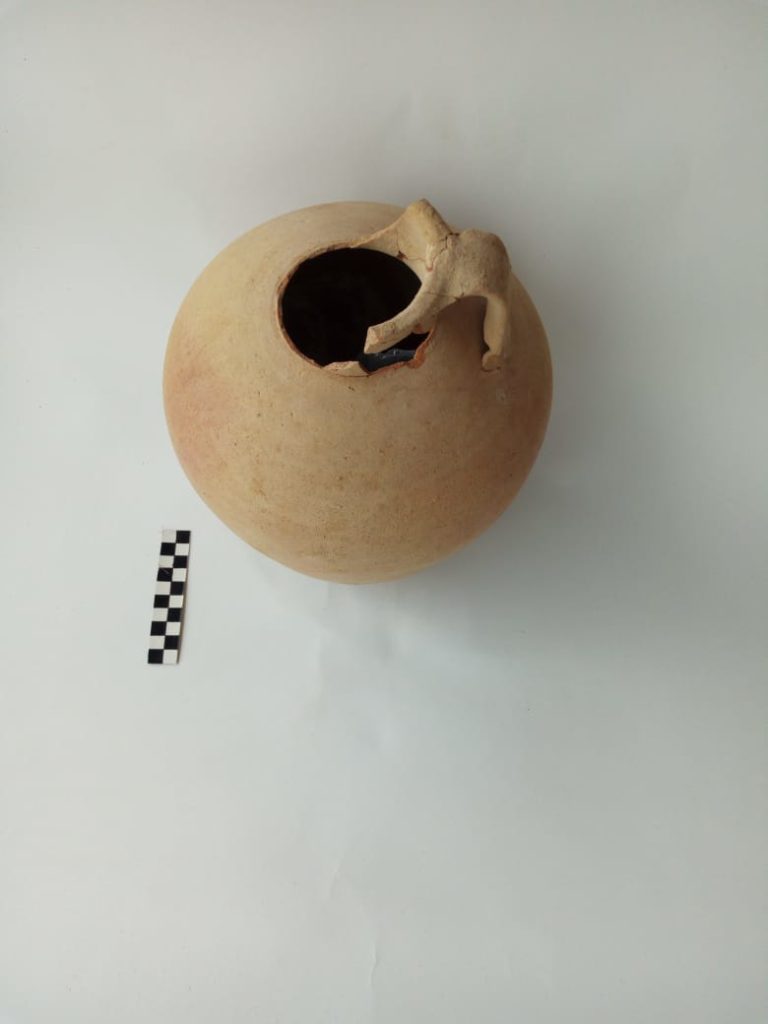
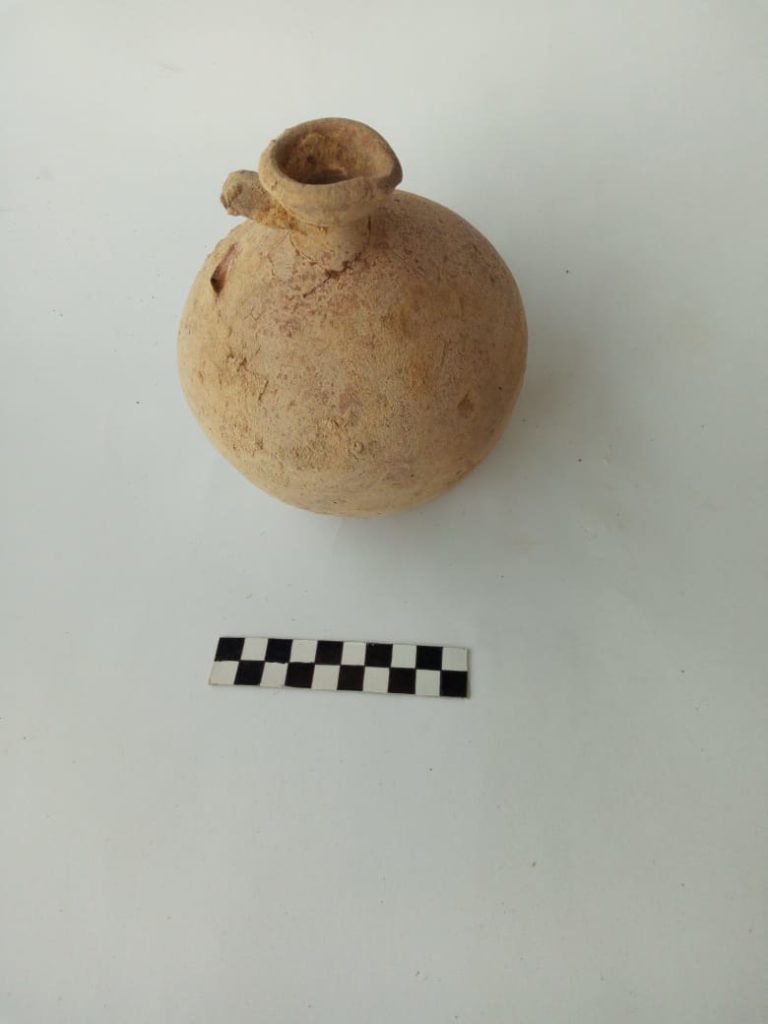
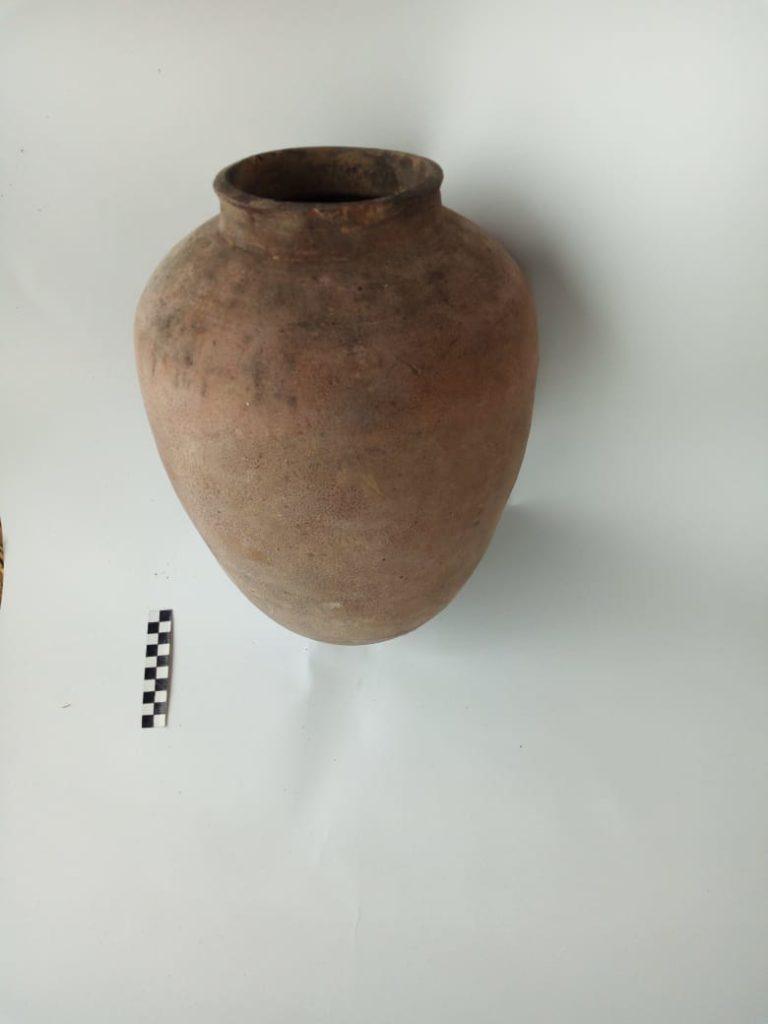
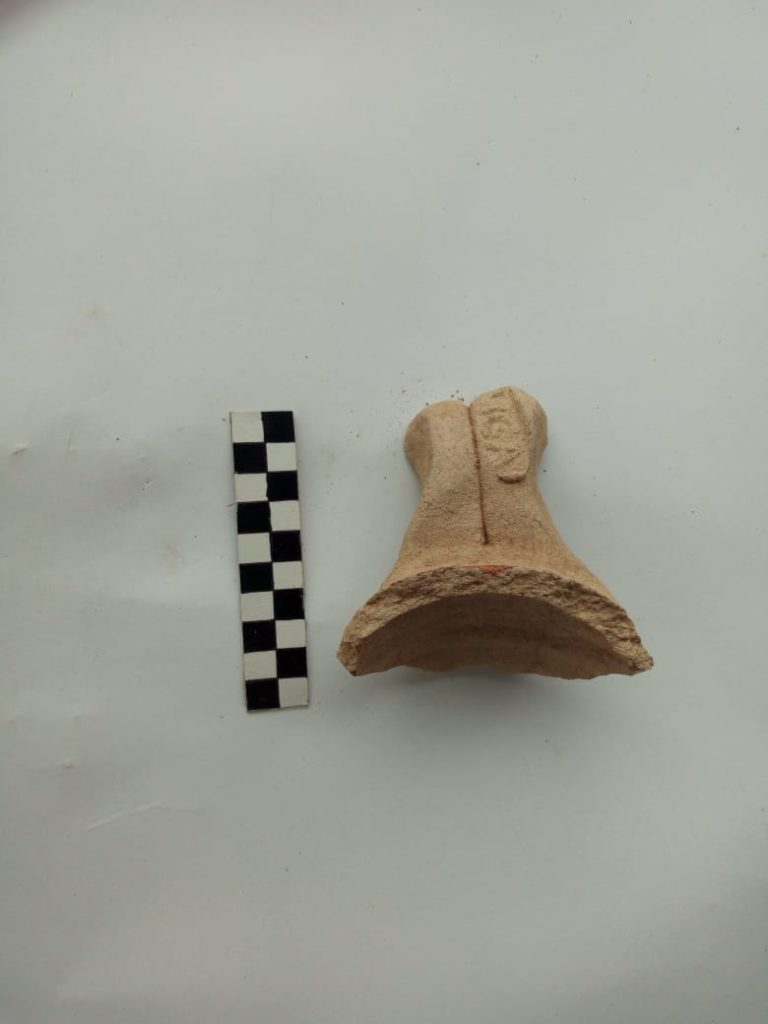
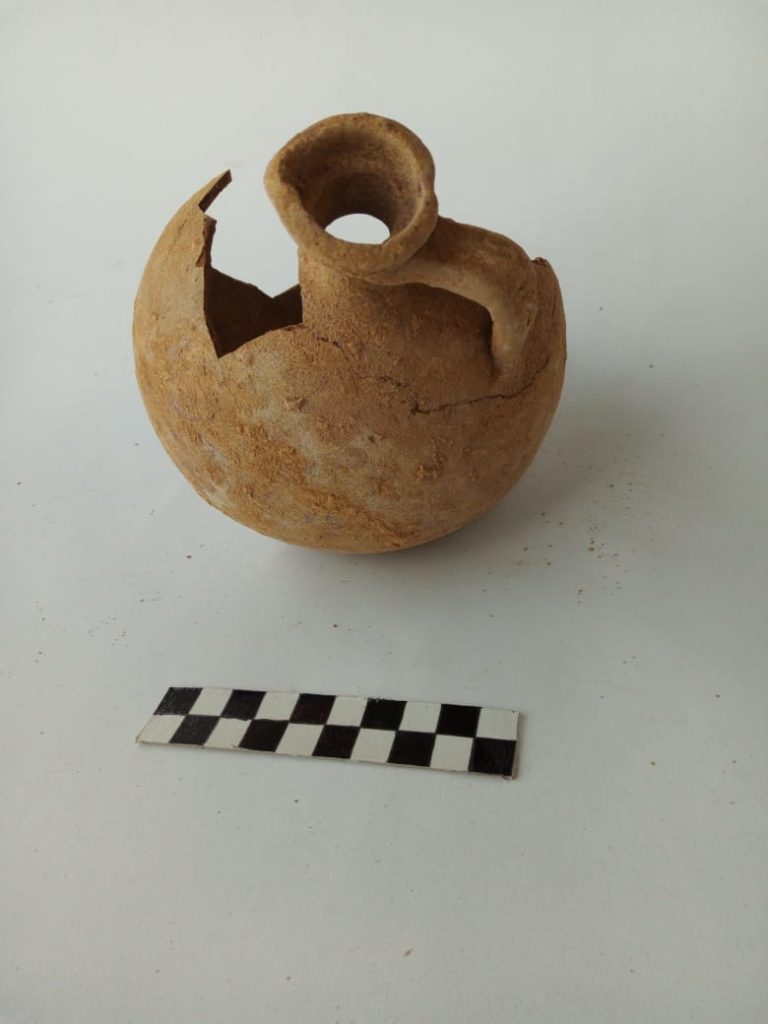
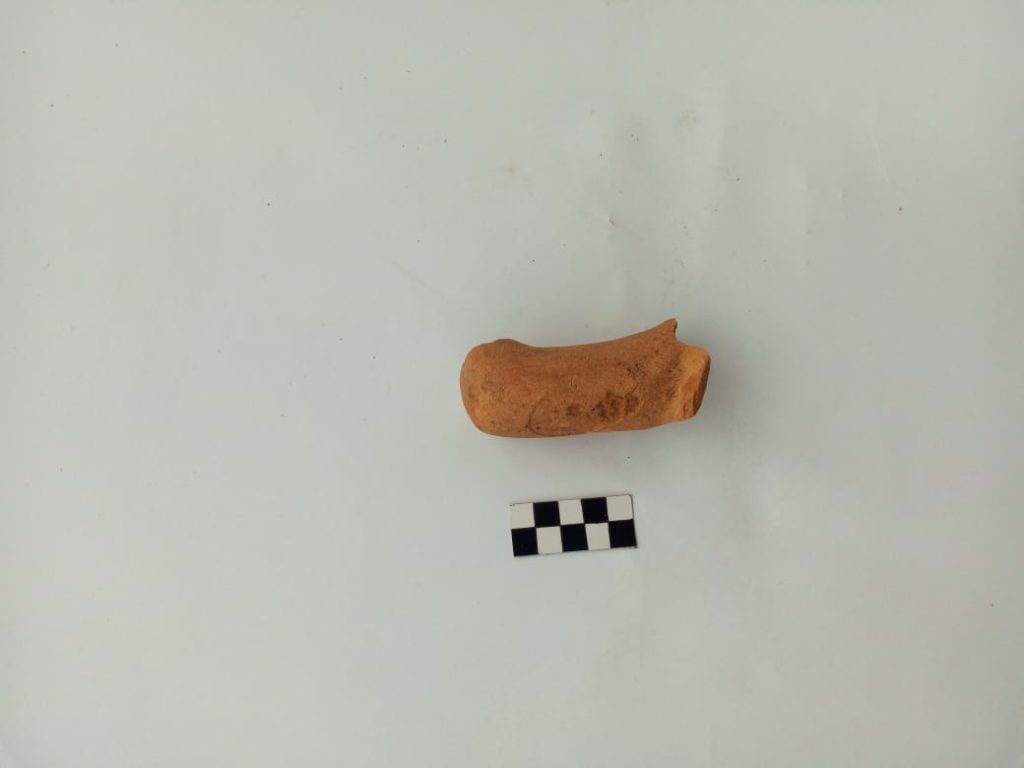
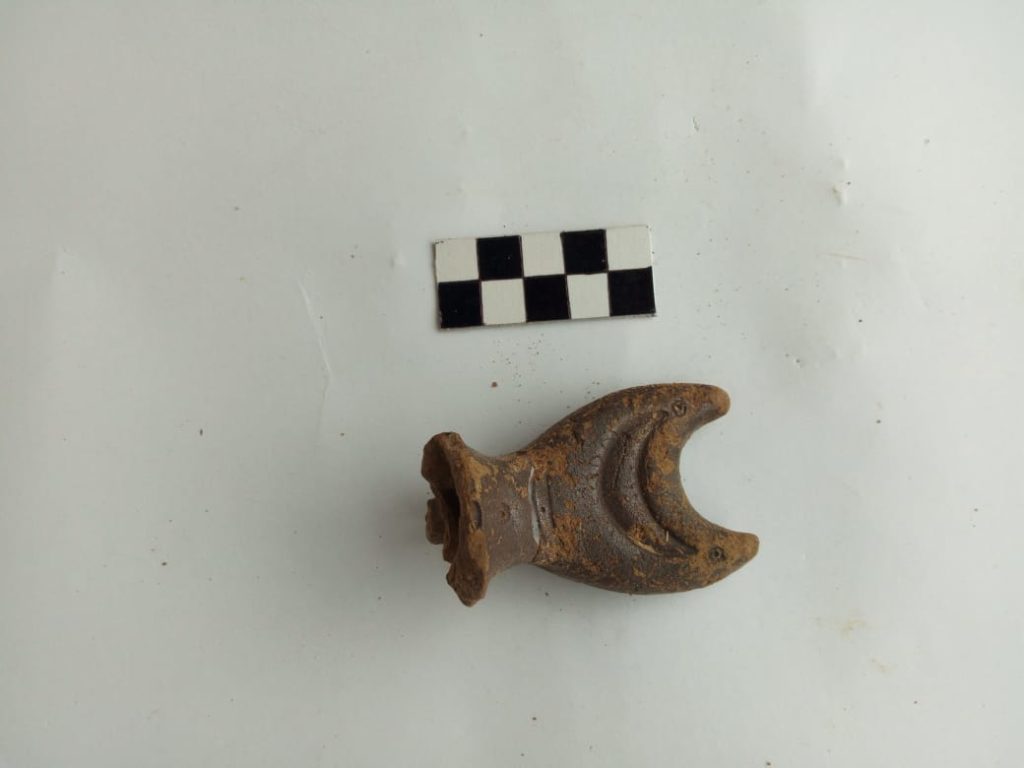
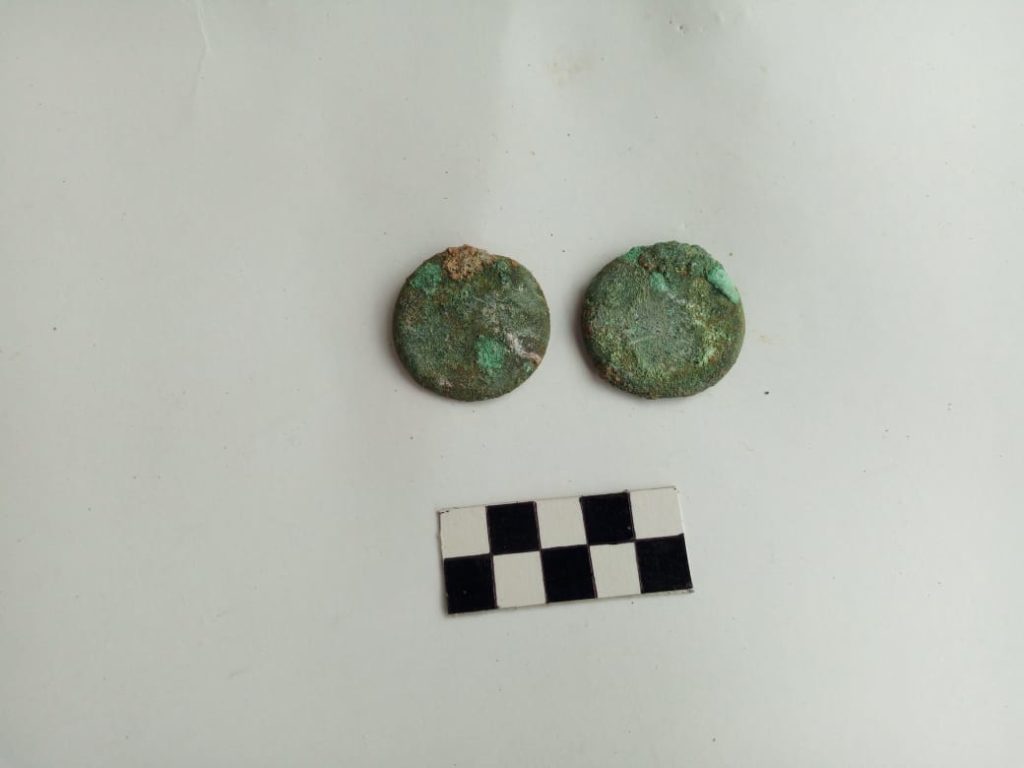
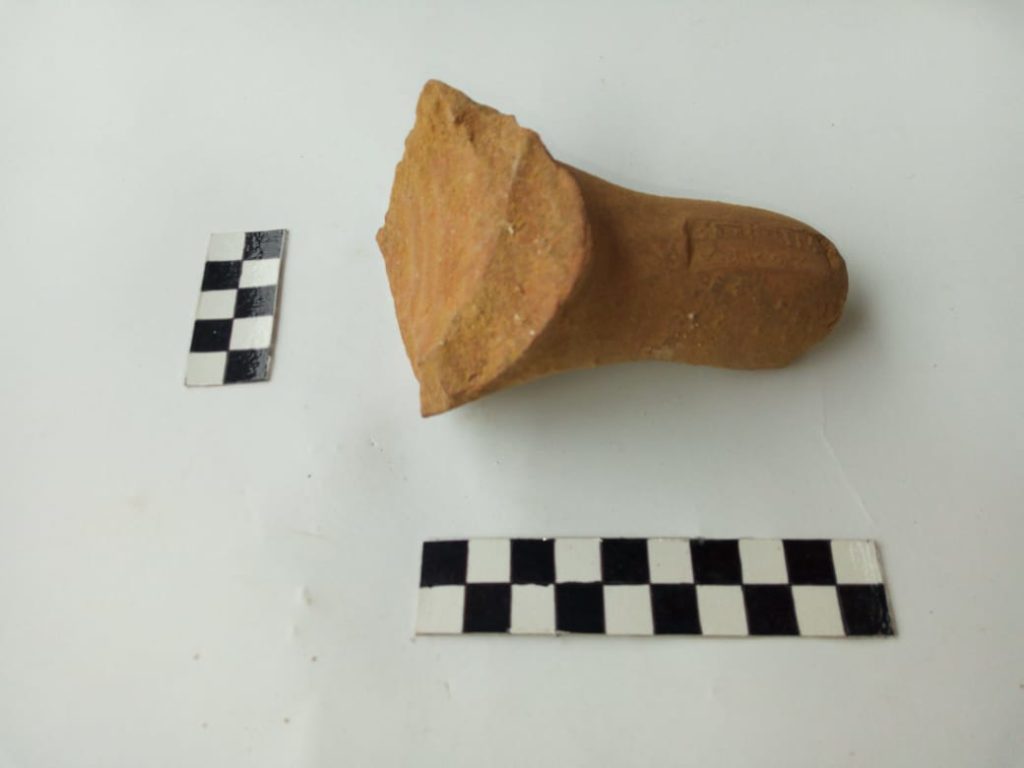
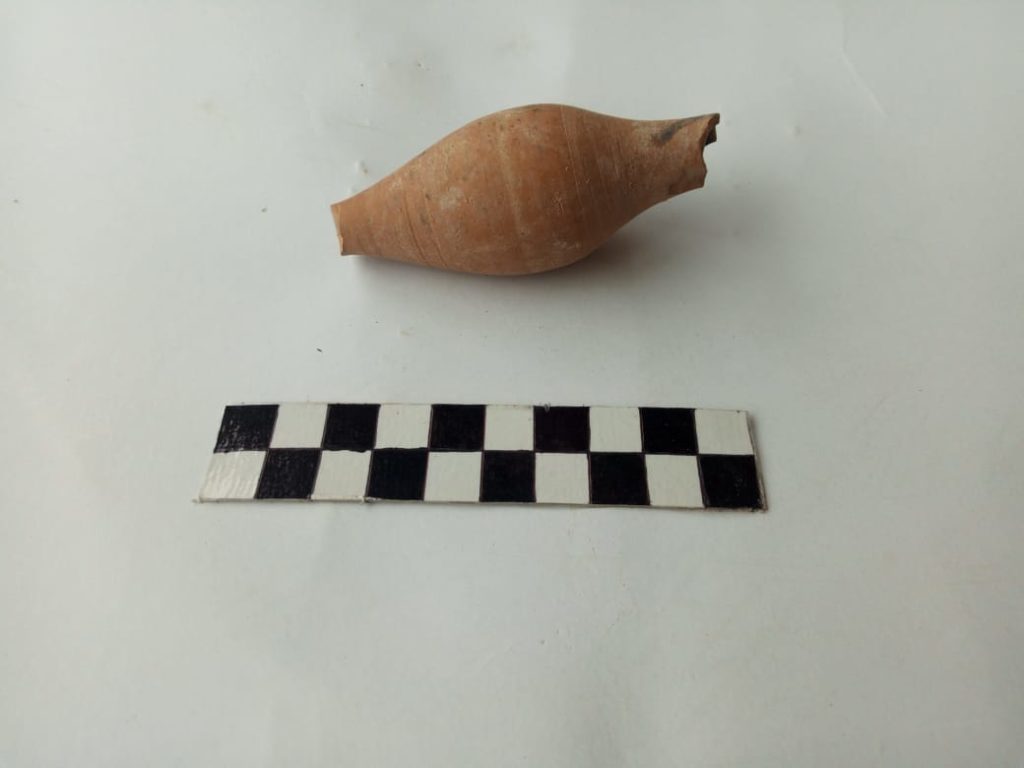
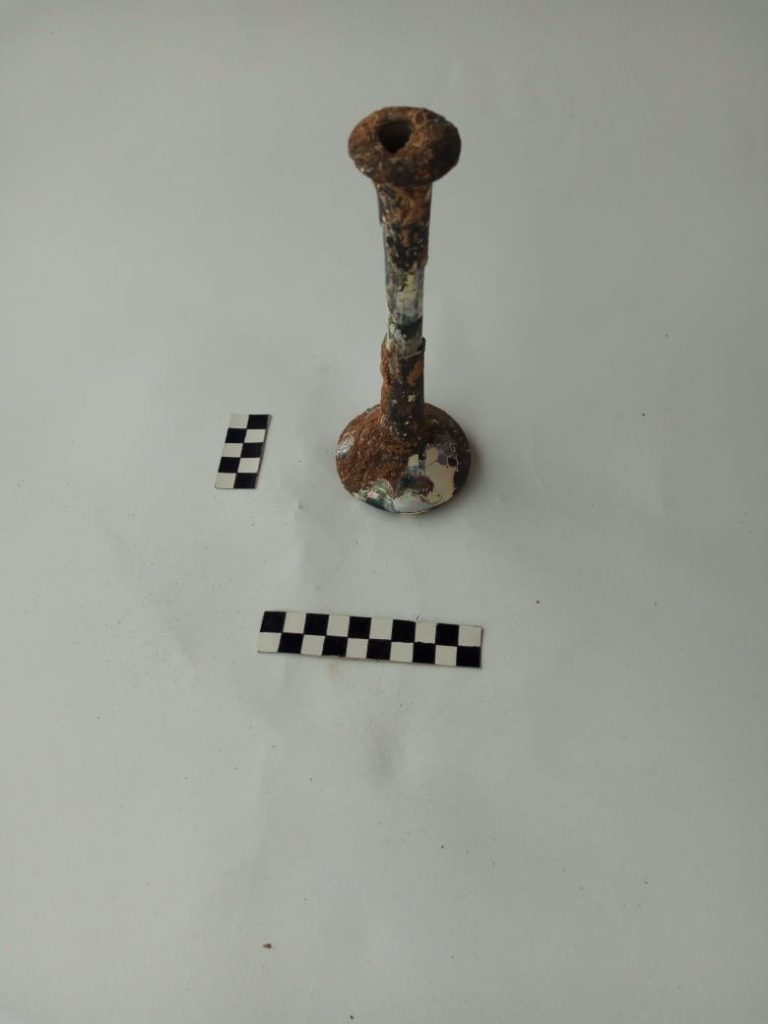
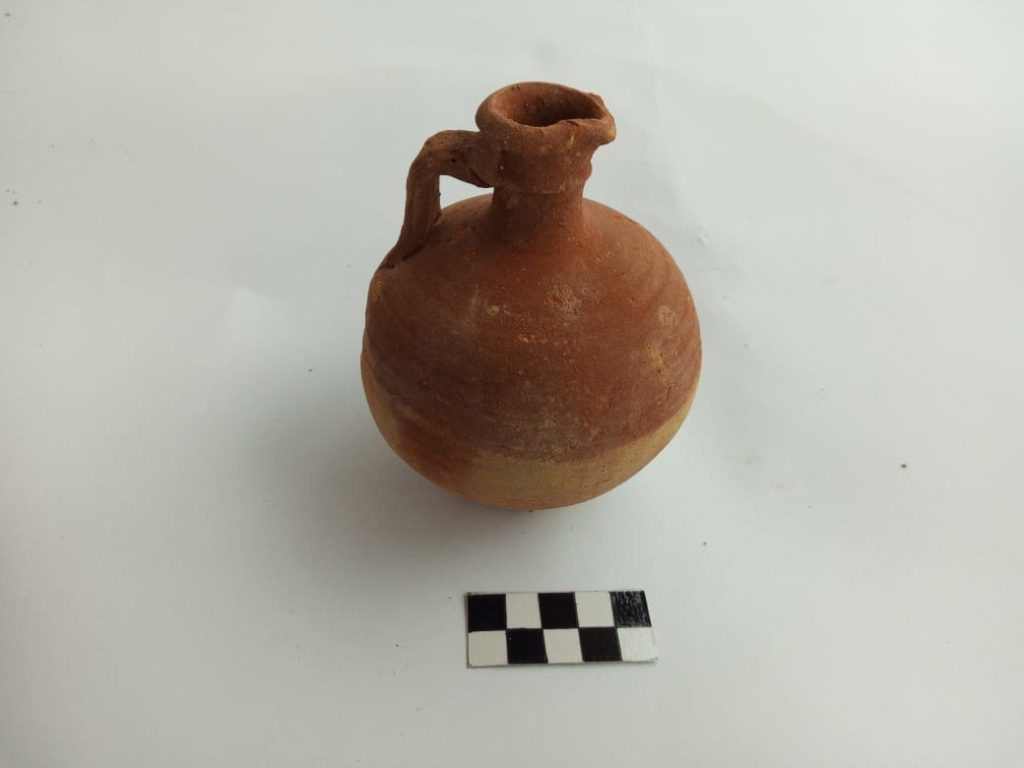
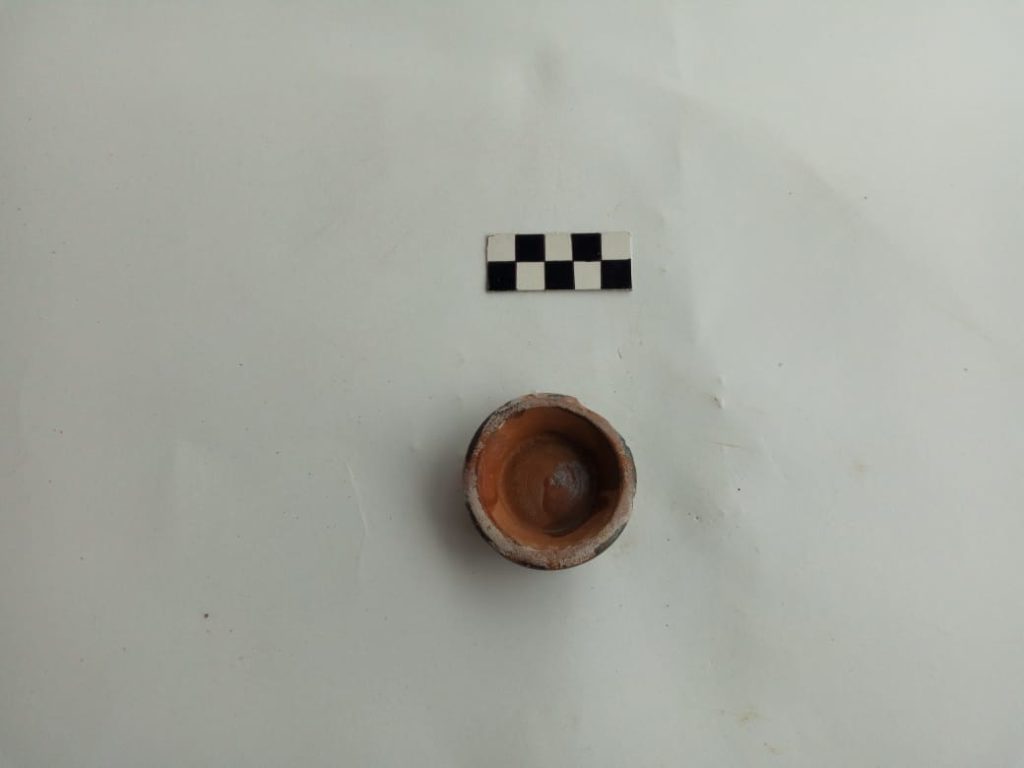
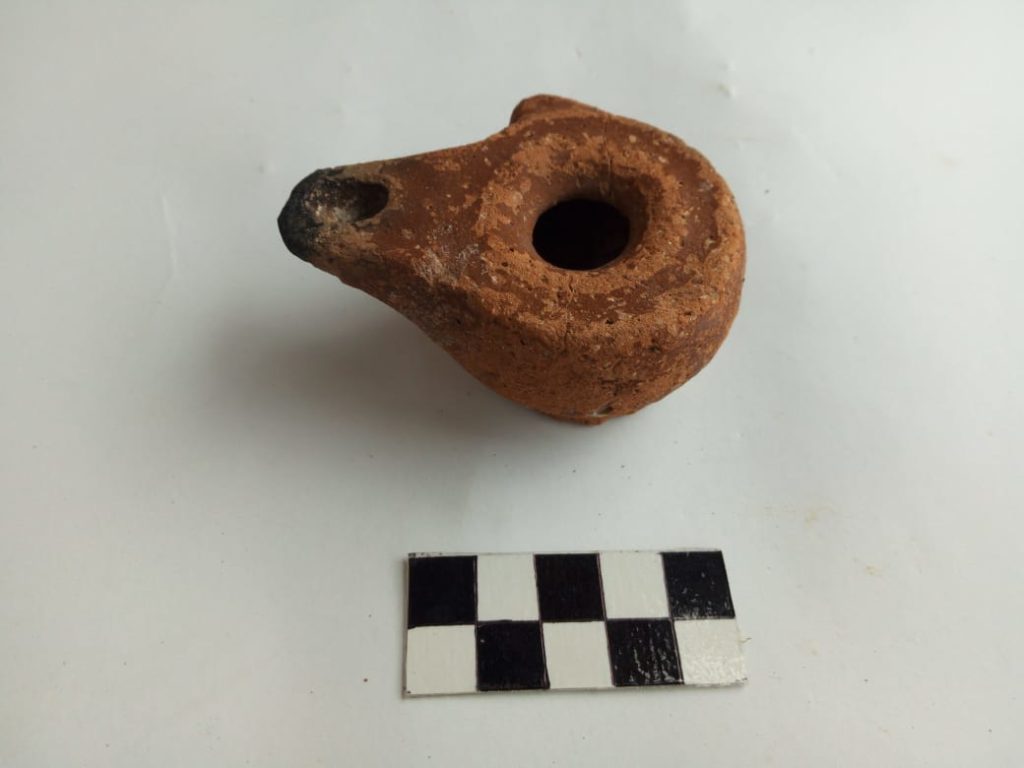
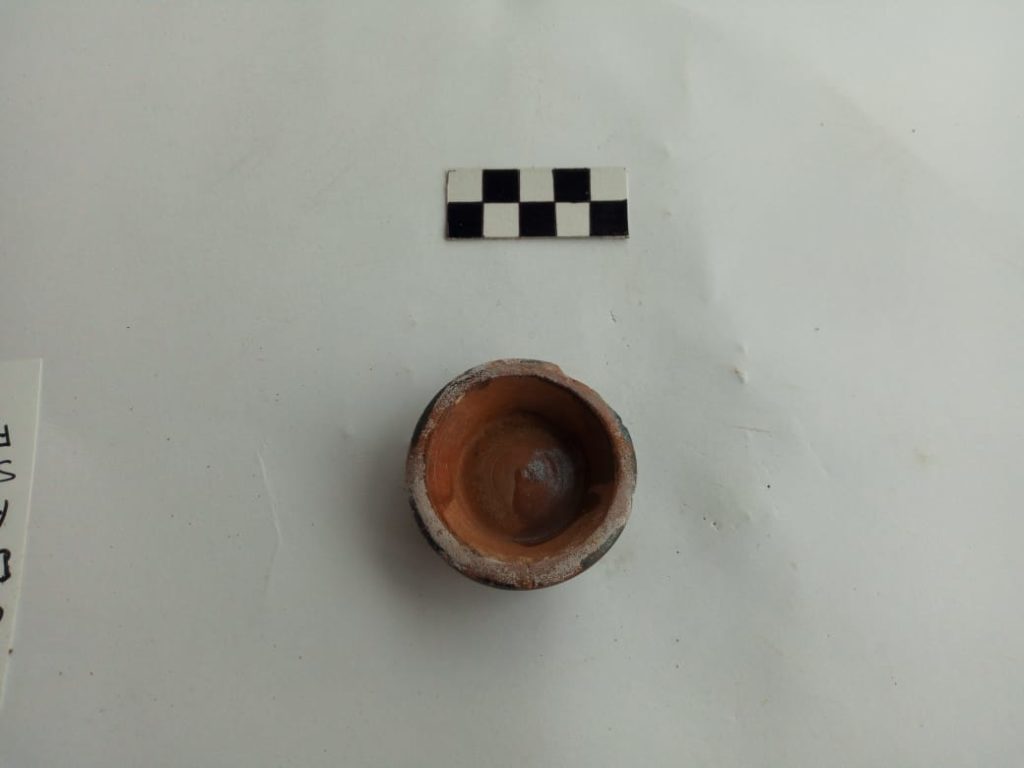
No comments:
Post a Comment